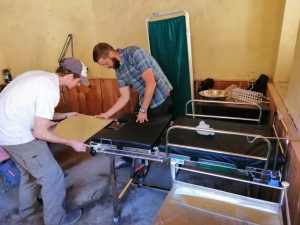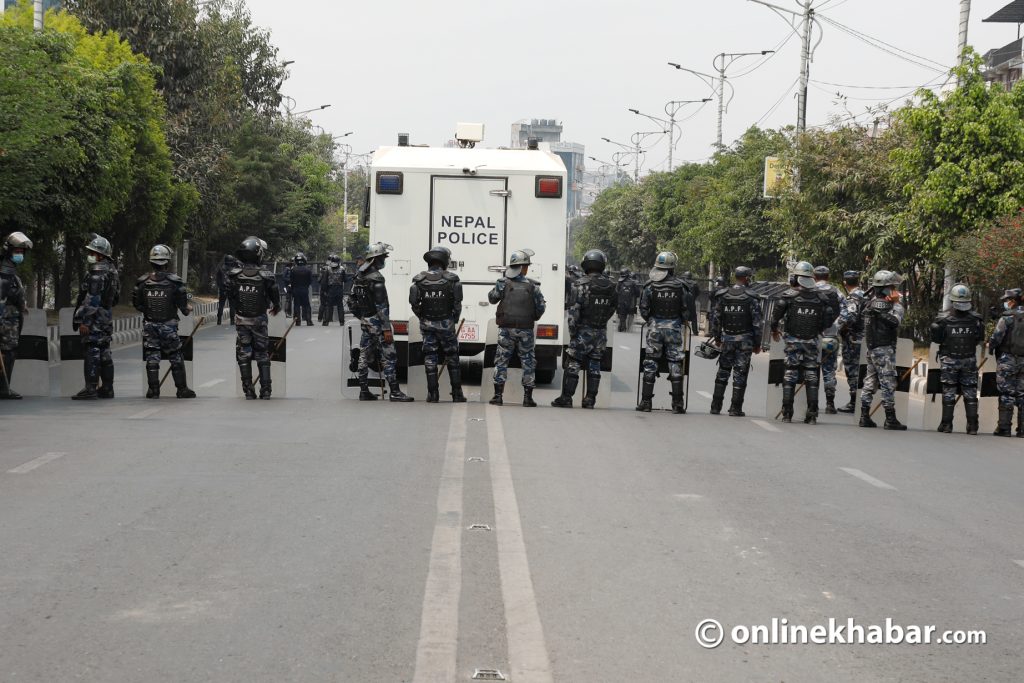
It is a blessing for a family whenever a new one is born. However, this is not the case all the time if the mother faces complications while conceiving and delivering a baby. For example, one of the life-threatening situations for a woman is ectopic pregnancy.
Ectopic pregnancy is a serious condition that occurs when a fertilised egg develops outside of the uterus, usually in the fallopian tube.
It is estimated that this problem is found in about 1 per cent of all pregnancies and can be a challenging diagnosis for healthcare providers due to the range of symptoms and the overlapping with other conditions that can cause abdominal pain.
It is beneficial to know its symptoms, diagnosis and treatment for ectopic pregnancy as recently many people in Nepal have also reported such cases.
Ectopic pregnancy in Nepal

In terms of global statistics, ectopic pregnancy is a leading cause of maternal morbidity and mortality, with an estimated 50,000 deaths occurring annually worldwide. In Nepal, it is leading with an estimated incidence of 1.5 per cent of all pregnancies.
The majority of cases occur in rural areas, where access to healthcare and diagnostic facilities is limited, which can lead to a delay in diagnosis and treatment. This increases the risk of complications and adverse outcomes for the mother and the pregnancy.
In addition to the challenges of access to care, there are also cultural and socio-economic factors that contribute to the problem in Nepal, such as early marriage and childbearing, lack of access to family planning and contraception, and poor maternal nutrition.
To address the high burden of ectopic pregnancy in Nepal, it is important to focus on improving access to quality healthcare and reproductive health services. Then, it is necessary to increase awareness and education about the risks and prevention strategies.
This can involve efforts to improve the availability and utilisation of diagnostic facilities, as well as strategies to promote the use of effective contraception and family planning methods to reduce the risk of unintended pregnancies.
Symptoms and diagnosis
The main symptom of an ectopic pregnancy is abdominal pain, which can range from mild to severe, and may be accompanied by vaginal bleeding. Other symptoms may include shoulder pain, dizziness or fainting, and nausea or vomiting.
These symptoms can be difficult to differentiate from other conditions such as appendicitis or a ruptured ovarian cyst. So it is important for healthcare providers to consider ectopic pregnancy in their differential diagnosis and to use appropriate diagnostic testing to confirm or rule out the diagnosis.
Diagnostic testing for ectopic pregnancy includes a combination of a physical examination, laboratory tests, and imaging studies. A pelvic exam can help the healthcare provider determine the location and size of the pregnancy.
Meanwhile, laboratory tests such as pregnancy tests, blood count, and blood chemistry can help to confirm the diagnosis and assess the overall health of the mother.
Imaging studies such as ultrasound or CT scan can help to confirm the location of the pregnancy and assess the condition of the fallopian tube and surrounding structures.
The treatment

Treatment for ectopic pregnancy depends on the location and stage of the pregnancy as well as the overall health of the mother. In some cases, the pregnancy can be treated with medication to halt its growth and preserve the fallopian tube.
In other cases, surgery may be necessary to remove the pregnancy and repair or remove the fallopian tube. In cases of severe bleeding or rupture, emergency surgery may be required to control the bleeding and stabilise the mother’s condition.
As causes of ectopic pregnancy, there are several risk factors involved including previous ectopic pregnancies, a history of infertility or pelvic surgery, and smoking. Women who have any of these risk factors should discuss them with their healthcare provider and follow their recommendations for preventing the problem.
In conclusion, ectopic pregnancy is a serious and potentially life-threatening condition that requires prompt diagnosis and treatment. In Nepal, the incidence of the problem is high, particularly in rural areas, and is influenced by a range of cultural, socio-economic, and access to care factors. Thus, there is an urgent need to address this problem.























